- Introduction to microinverter on grid
technology, market trends, and importance
- Key technical advantages of on grid microinverters versus traditional solutions
- Detailed comparison of leading manufacturers and products with data insights
- Distinction between microinverter on grid and microinverter off grid solar system
- Expansion on customizable solutions and scalability for diverse needs
- Real-world case studies showcasing performance and ROI
- Conclusion: The future of microinverter on grid systems and their growing relevance
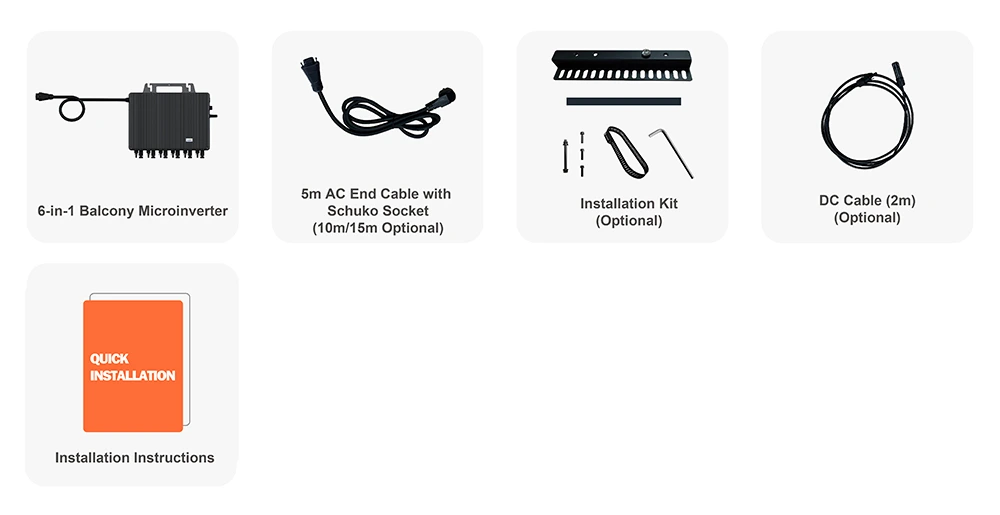
(microinverter on grid)
Understanding Microinverter On Grid Solutions and Their Market Relevance
The evolution of solar energy technology has brought significant focus to the microinverter on grid segment, transforming how electricity is generated, monitored, and consumed at both residential and commercial scales. With the global push towards clean energy, the deployment of solar photovoltaics (PV) surged by 22% in 2023, reaching 270 GW worldwide, according to the International Energy Agency. This expansion is coupled with a rising preference for decentralized conversion technologies, notably the adoption of on grid microinverters, which optimize individual panel output and enable granular energy management.
These microinverters differ from conventional string inverters by converting DC to AC power at the module-level, minimizing losses from shading and module mismatch. The adaptation of microinverter on grid installations has led to improved reliability and simplified system architecture, allowing for safer and more efficient power flows connected directly to the utility grid. Industry observers forecast that by 2027, microinverter shipments could rise to cover 23% of all new rooftop PV installations, signaling a critical inflection point for on grid deployment trends.
Technical Advantages Driving On Grid Microinverter Adoption
The appeal of on grid microinverters stems from a suite of technical benefits that address many limitations associated with traditional centralized or string inverter systems. Microinverters perform power point tracking at each solar panel independently, ensuring consistent performance even if one panel is shaded or soiled. For example, studies reveal that systems employing microinverters can yield up to 20% greater annual energy output under real-world conditions where shading and orientation differ across the array.
Enhanced safety is another core advantage—since microinverter on grid systems operate with lower DC voltages, the fire risk is dramatically reduced, aligning with the latest International Electrotechnical Commission (IEC) safety standards. Furthermore, real-time monitoring becomes feasible down to the single-panel level, empowering users with granular insight into system health and output statistics. Microinverters facilitate expansion and maintenance, as faulty units can be quickly identified and replaced without whole-system downtime, lowering operational costs.
The technology’s modular nature makes system upgrades seamless. Adding more panels does not necessitate inverter replacements, making microinverter on grid solutions highly scalable for growing energy needs.
Manufacturer Comparison: Performance, Efficiency, and Feature Insights
Selecting the right microinverter requires careful comparison between manufacturers based on criteria like maximum output efficiency, ease of integration, monitoring options, reliability, and warranty conditions. Below is a comparative data table highlighting distinct features from notable vendors:
| Manufacturer |
Model |
Max Efficiency (%) |
Monitoring Capability |
Input Power Range (W) |
Integrated Grounding |
Warranty (Years) |
Notable Feature |
| Enphase |
IQ8 |
97.6 |
Panel-level |
235–440 |
Yes |
25 |
Grid-forming, rapid shutdown |
| APsystems |
QS1 |
96.5 |
Panel-level |
180–365 |
Yes |
20 |
Serves four panels per unit |
| Hoymiles |
MI-1200 |
96.7 |
Panel-level |
240–470 |
Yes |
25 |
High reliability IP67 |
| Sparq |
Q1200 |
96.8 |
Panel-level |
210–400 |
No |
25 |
Robust for harsh climates |
Across these established vendors, the Enphase IQ8 leads in efficiency and advanced features like grid-forming and rapid shutdown. APsystems and Hoymiles provide multi-panel capacity, reducing unit counts for large arrays. High IP ratings and extended warranties underscore the focus on longevity and reliability, which are crucial for investment protection.
Microinverter On Grid vs. Microinverter Off Grid Solar System
While the primary focus often falls on microinverter on grid solutions, the distinction between on grid and microinverter off grid solar system applications is pivotal for system designers and end users. In an on grid microinverter setup, solar power generated is immediately converted to AC and utilized onsite, with surplus energy exported to the public grid. This configuration leverages net metering, allowing users to offset their electricity bills efficiently.
Conversely, a microinverter off grid solar system operates autonomously, integrating storage solutions (usually lithium or lead-acid batteries) to ensure electricity supply in the absence of a public utility grid. Off grid solar microinverter installations typically require more robust control electronics to handle variable loads and battery management. Market data shows that off grid solar microinverter adoption is on the rise in rural and developing regions, driven by grid instability or absence, with global shipments growing at a CAGR of 11% through 2025.
Selecting between on grid and off grid configurations involves evaluating factors like energy independence needs, local grid policies, and available maintenance infrastructure.
Tailored Microinverter Solutions: System Customization and Scalability
Modern solar energy projects demand flexible and customizable microinverter solutions to address the unique requirements of various property types and usage patterns. System designers can handpick microinverter models suitable for specific module types—monocrystalline, polycrystalline, or thin-film—ensuring optimal voltage-matching and maximum energy harvest. For commercial clients, microinverter on grid deployments also offer monitoring integration through web-based portals or mobile applications, assisting facility managers in predicting and minimizing downtime.
Scalability is a distinctive merit; with each microinverter supporting one or more panels, system expansion becomes a straightforward process of adding more modules and their respective microinverters. Integrators can design phased installation plans, matching investment budgets and scaling per growing demand. This level of modularity differentiates microinverters from traditional inverters, which often require reconfiguration or replacement when system sizes change. For industrial or large-scale applications, manufacturers often provide custom firmware and remote diagnostic features, facilitating enterprise-level fleet management and peak demand prediction.
Furthermore, microinverter vendors collaborate with EPCs (Engineering, Procurement, and Construction firms) to build tailored performance and warranty agreements that fit climate and grid conditions, maximizing return on investment.
Case Studies: Real-World Performance and Economic Impact
Practical applications of on grid microinverters continue to yield compelling results across diverse settings:
-
Residential Rooftop (California, USA): A 7kW installation using Hoymiles MI-1200 microinverters demonstrated a 16% higher annual production compared to a string inverter system under partial shade conditions, reducing payback period by 1.8 years.
-
Commercial Warehouse (Berlin, Germany): Retrofit upgrade with Enphase IQ8 microinverters enabled string-by-string optimization, resulting in a 12% decrease in energy loss during winter months and granular module-level performance insights.
-
Off Grid Farm (Queensland, Australia): An off grid solar microinverter system backed by hybrid battery storage ensured uninterrupted operations during grid downtimes, yielding 99.2% system uptime and stable irrigation support in remote territory.
-
Municipal School District (Nairobi, Kenya): Microinverter-based off grid solar microinverter networks supplied clean power to five campuses, reducing diesel generator reliance by 78% and improving air quality metrics on school premises.
These real-world examples underscore how microinverter technologies—both on grid and off grid—translate into measurable performance, operational resilience, and financial gains.
Future Prospects for Microinverter On Grid Technology
The trajectory of microinverter on grid technology points to increased adoption and innovation, driven by demands for robust grid integration, energy independence, and sustainability. As global decarbonization policies grow stricter, the requirement for highly efficient, modular, and easily serviceable inverters strengthens. Evolving product portfolios now incorporate advanced digital diagnostics, predictive analytics, and cyber-secure monitoring—features that will define the next stage of solar infrastructure.
Projections by major market research firms indicate the microinverter sector will surpass USD 4.9 billion in annual revenues by 2028, powered by new application markets including multi-dwelling buildings, small-scale microgrids, and emerging smart energy communities. As energy storage and hybrid architectures mature, microinverter on grid solutions will further blend with demand response programs and local grid-support services. This convergence heralds a new era for energy users seeking both performance excellence and future-proof flexibility.
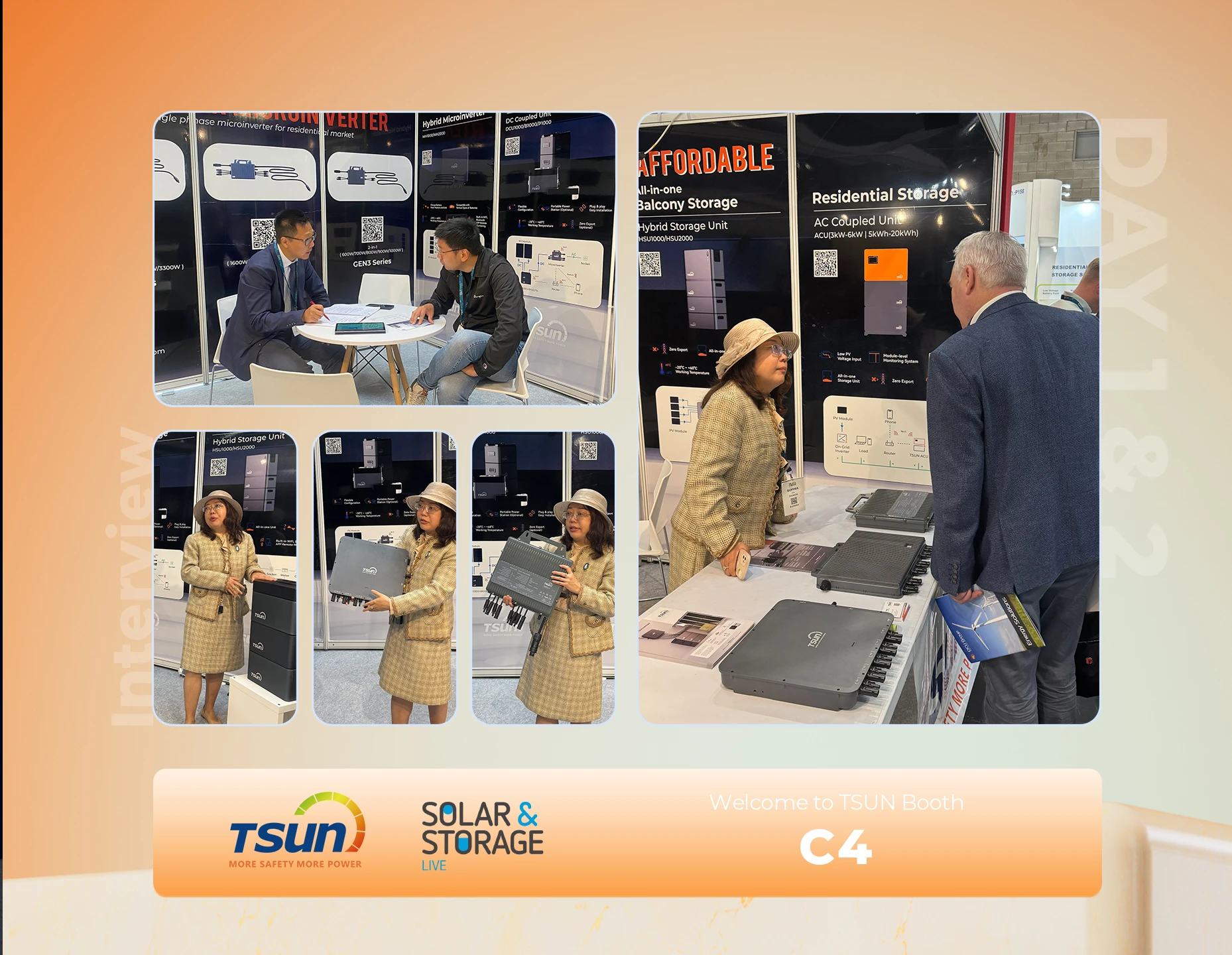
(microinverter on grid)
FAQS on microinverter on grid
Q: What is a microinverter on grid system?
A: A microinverter on grid system connects each solar panel to the power grid using individual microinverters. This setup maximizes energy harvest and allows real-time monitoring. It sends generated electricity directly to your utility grid.
Q: How does an on grid microinverter differ from traditional string inverters?
A: On grid microinverters operate at the panel level, allowing each panel to function independently. This reduces power loss due to shading or panel mismatch. Traditional string inverters process output collectively, making them less efficient in such cases.
Q: Can microinverters be used in an off grid solar system?
A: Microinverters are typically designed for grid-tied solar systems, not for true off-grid setups. However, some off grid solar microinverters can work if paired with compatible energy storage. Always check product specifications for off-grid capabilities.
Q: What are the main advantages of using a microinverter on grid?
A: Microinverters maximize energy output, improve safety, and offer module-level monitoring. They also allow easy system expansion. These benefits make them popular for on grid solar installations.
Q: Is there a difference between an off grid solar microinverter and an on grid microinverter?
A: Yes, on grid microinverters are designed to synchronize with the utility grid, while off grid solar microinverters operate with batteries or standalone power systems. Using the wrong type can result in system inefficiency or damage. Always choose the correct model for your setup.
 LEARN DETAILS
LEARN DETAILS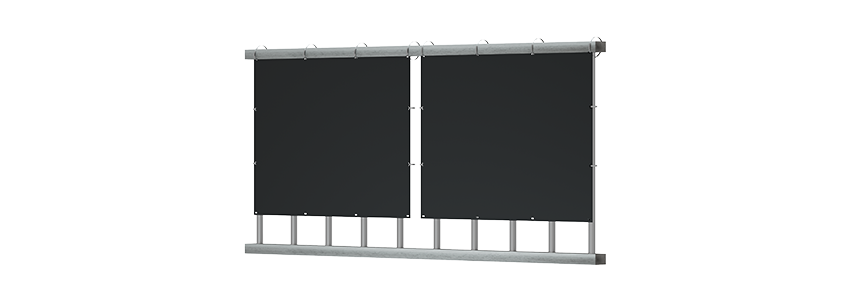
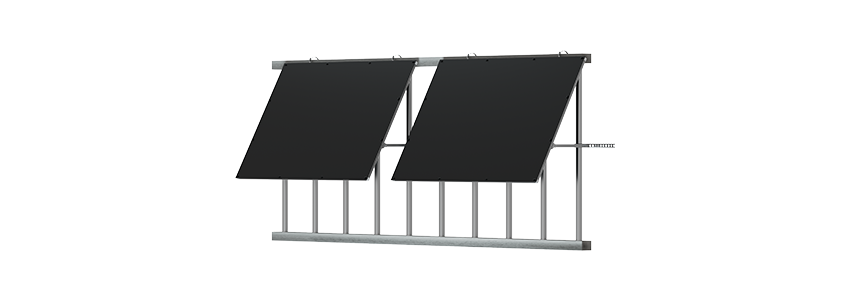

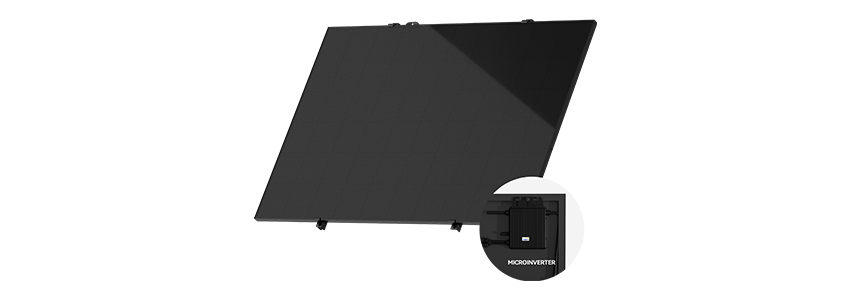
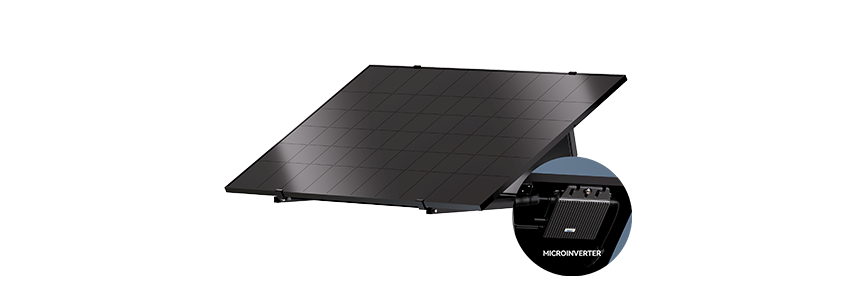
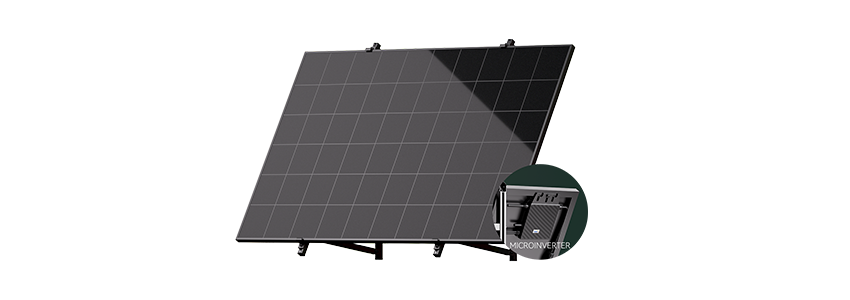
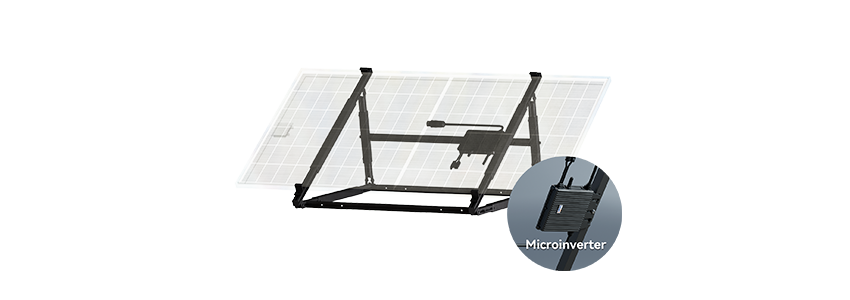
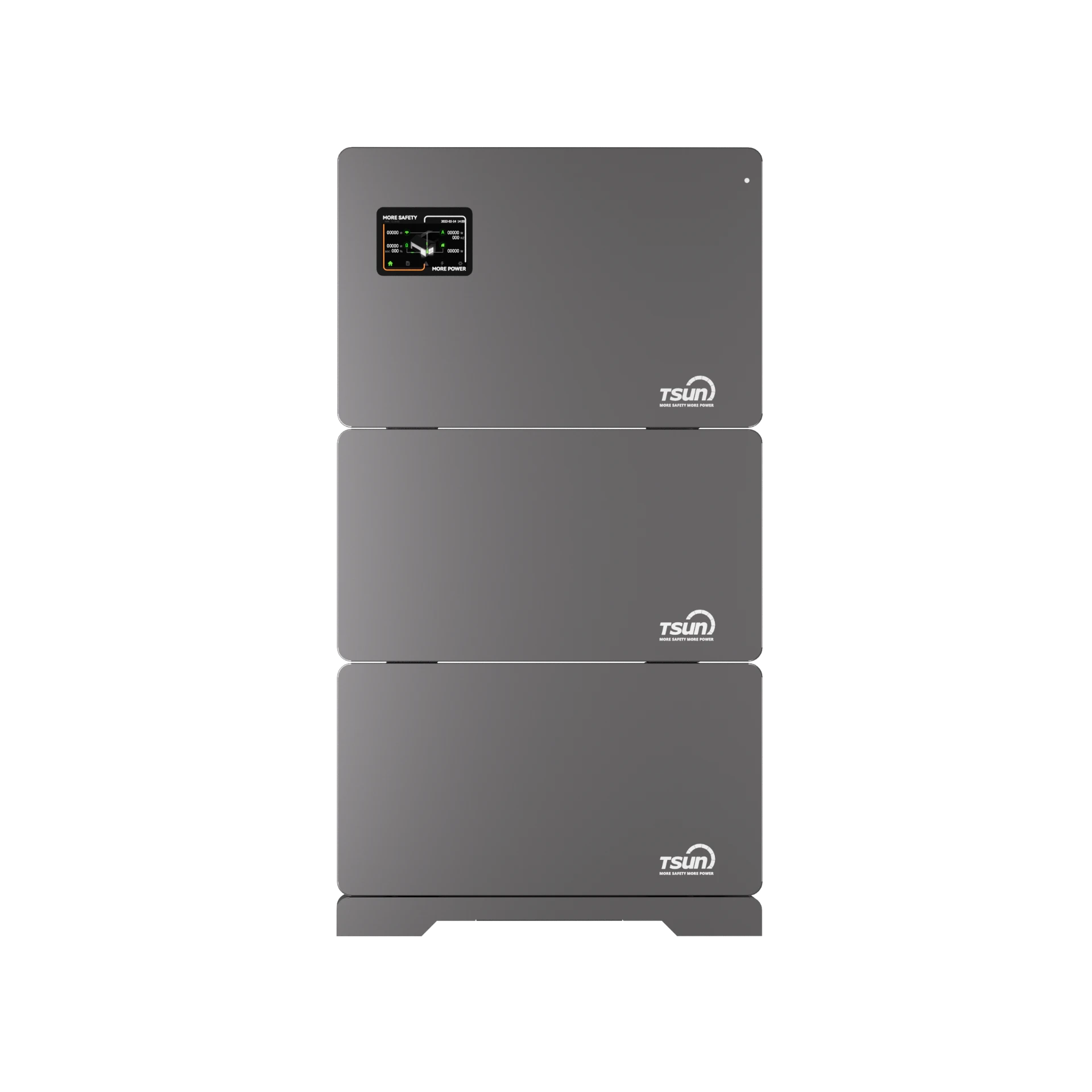


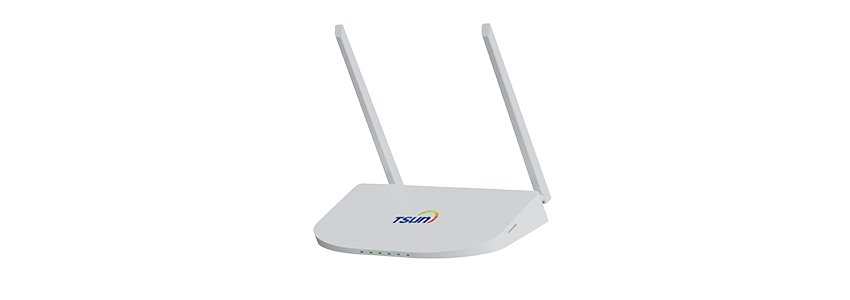

 LEARN DETAILS
LEARN DETAILS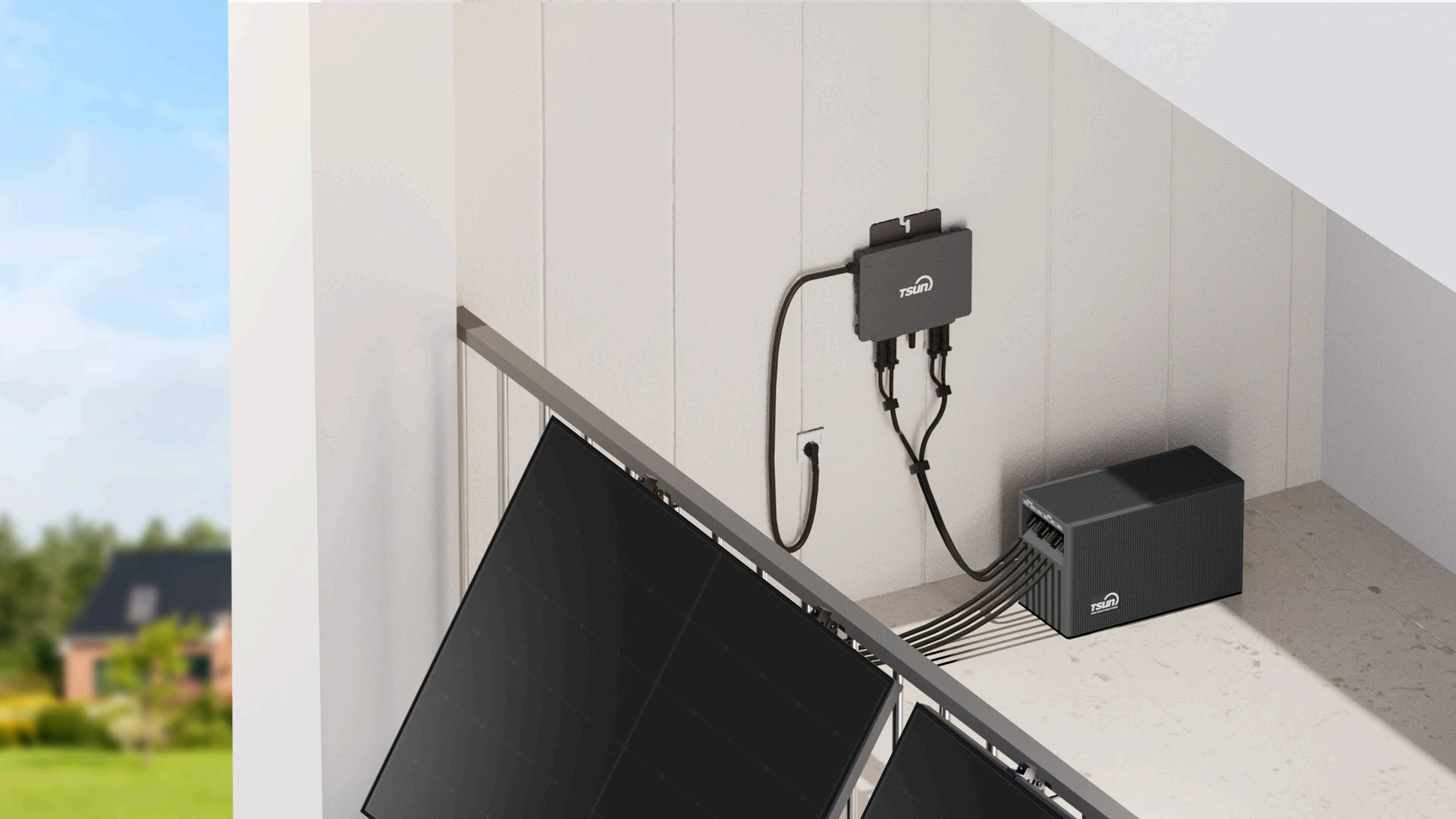
 LEARN DETAILS
LEARN DETAILS
 LEARN DETAILS
LEARN DETAILS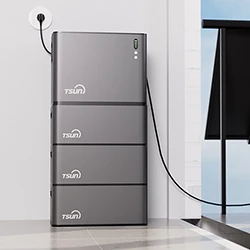
 LEARN DETAILS
LEARN DETAILS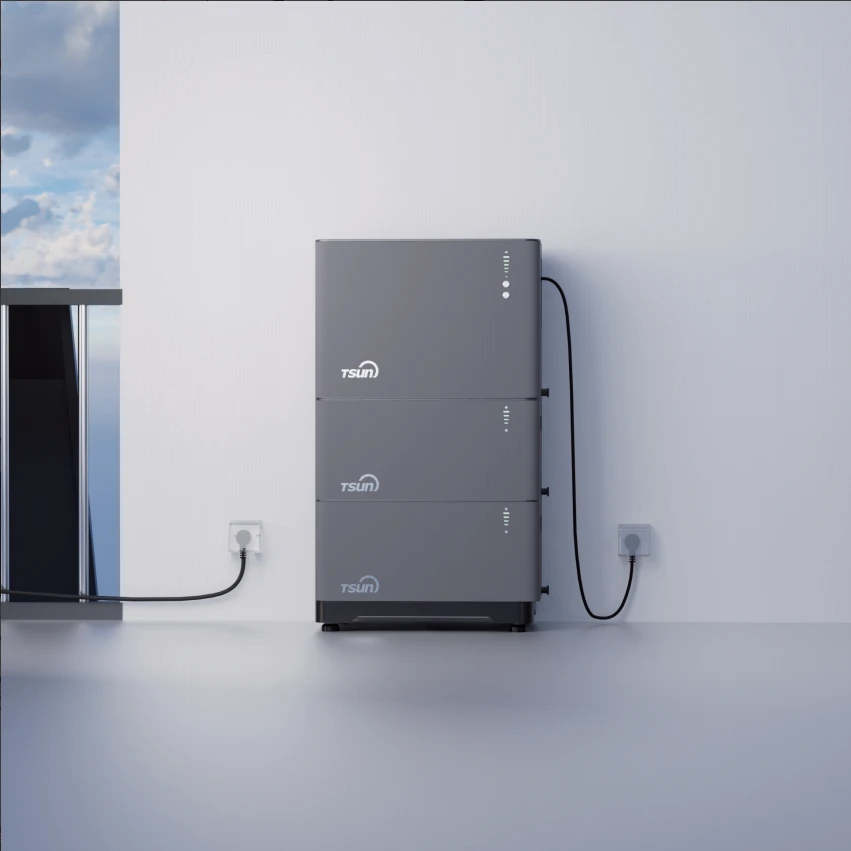
 LEARN DETAILS
LEARN DETAILS

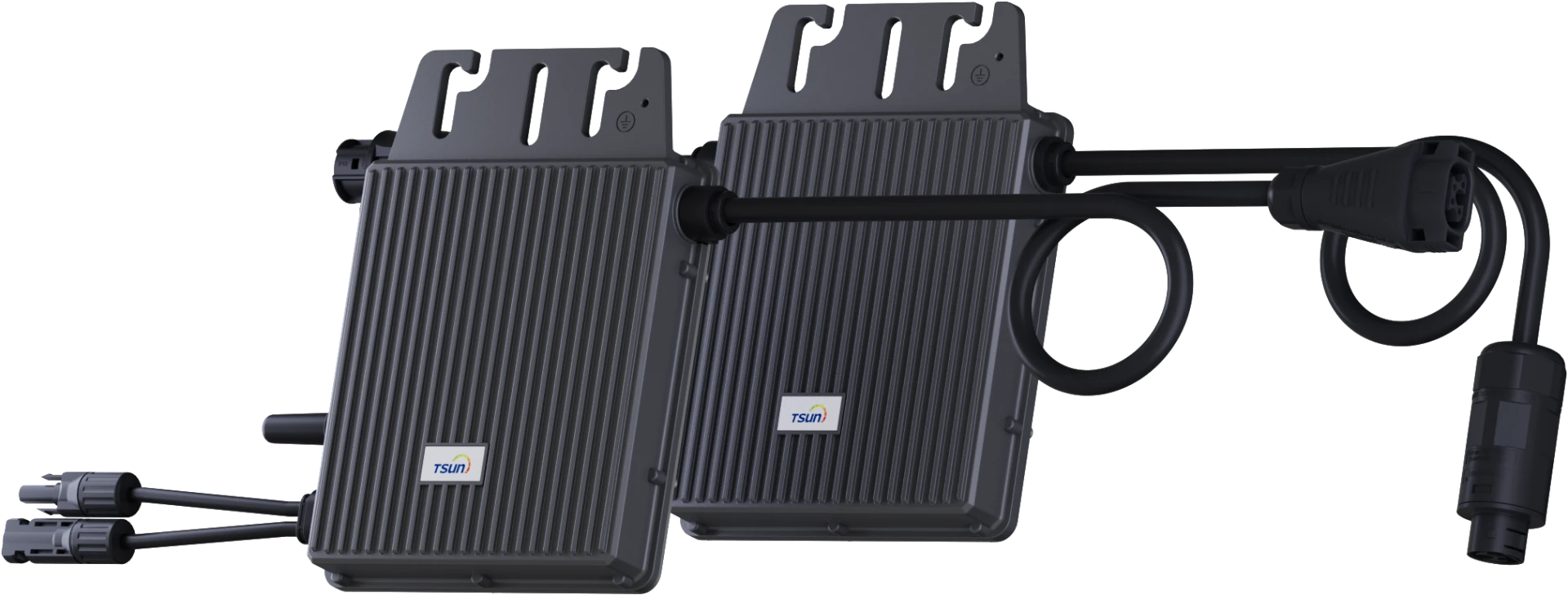

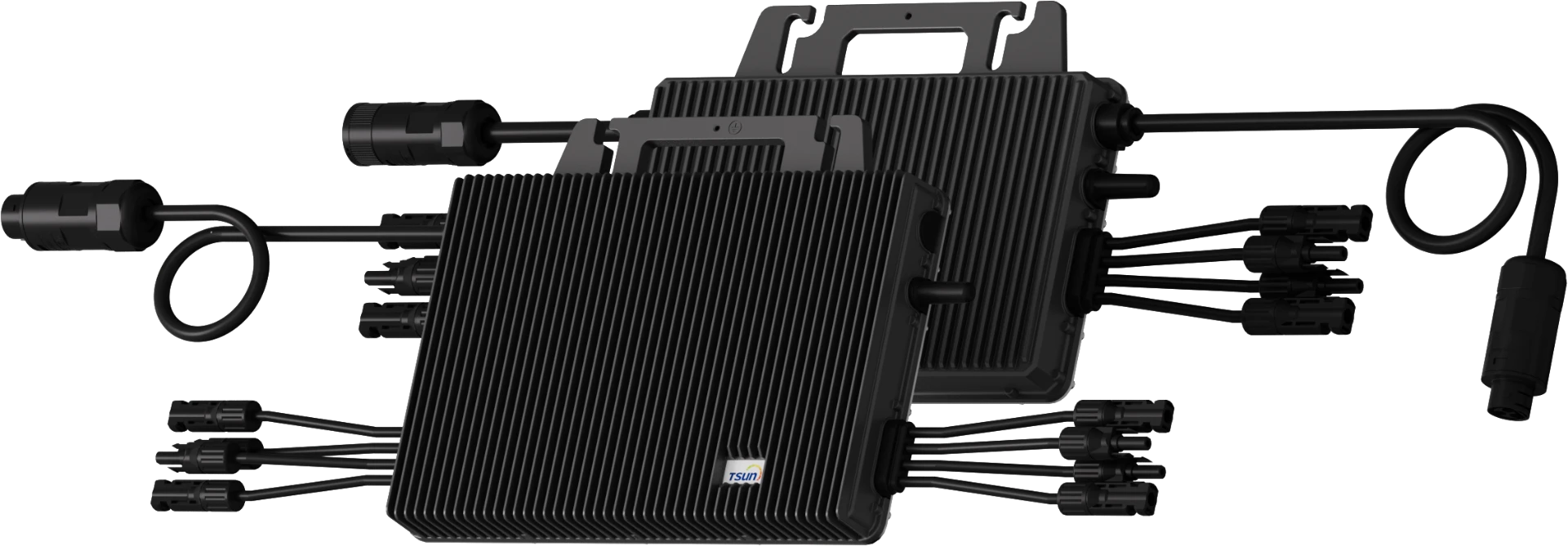
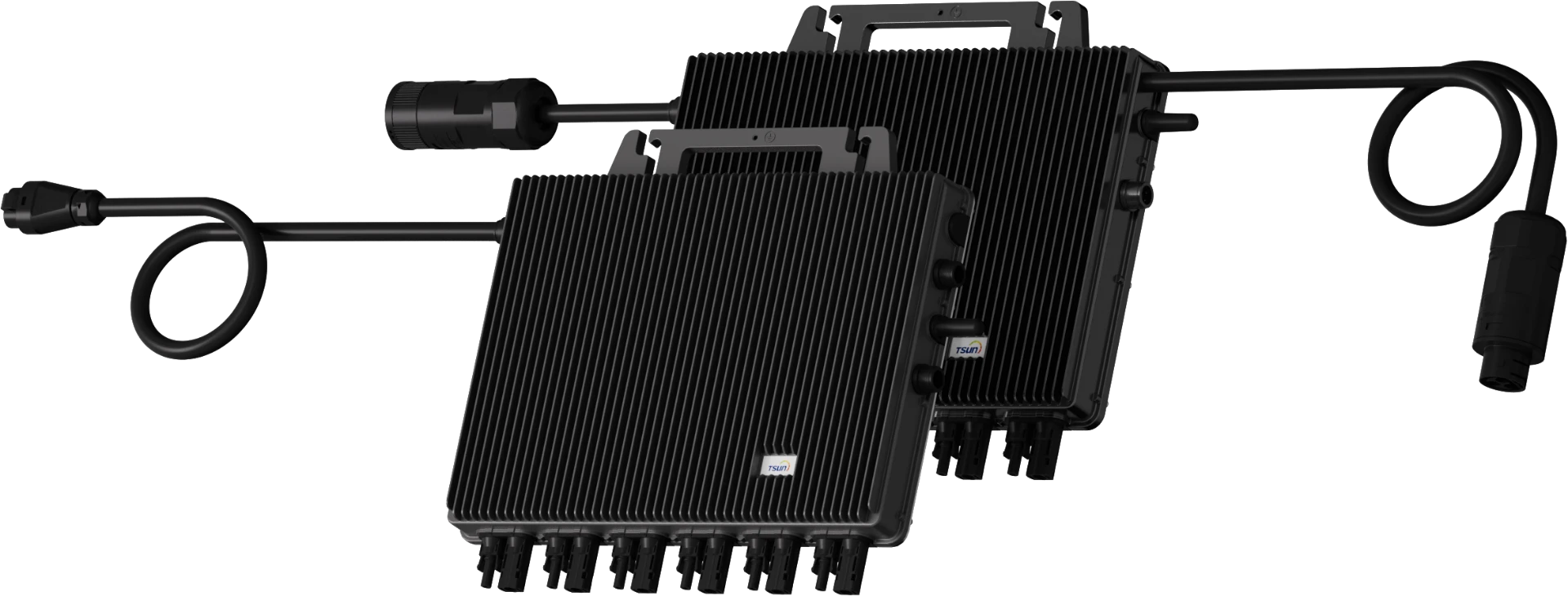
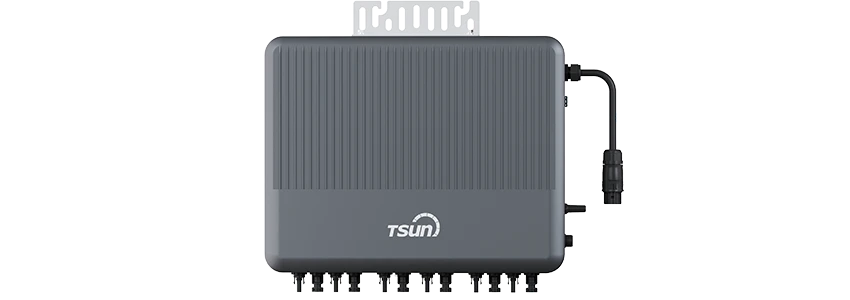
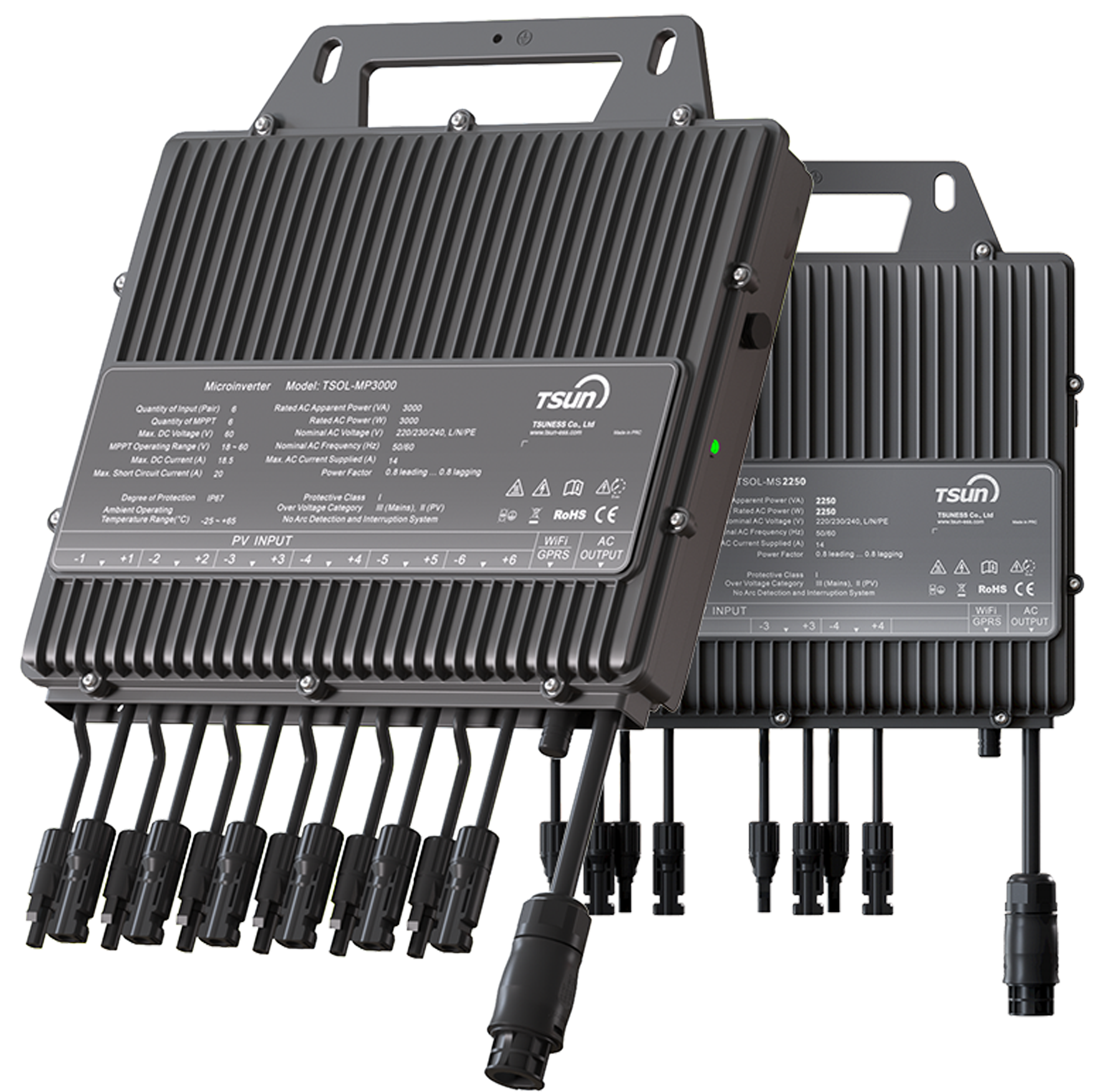

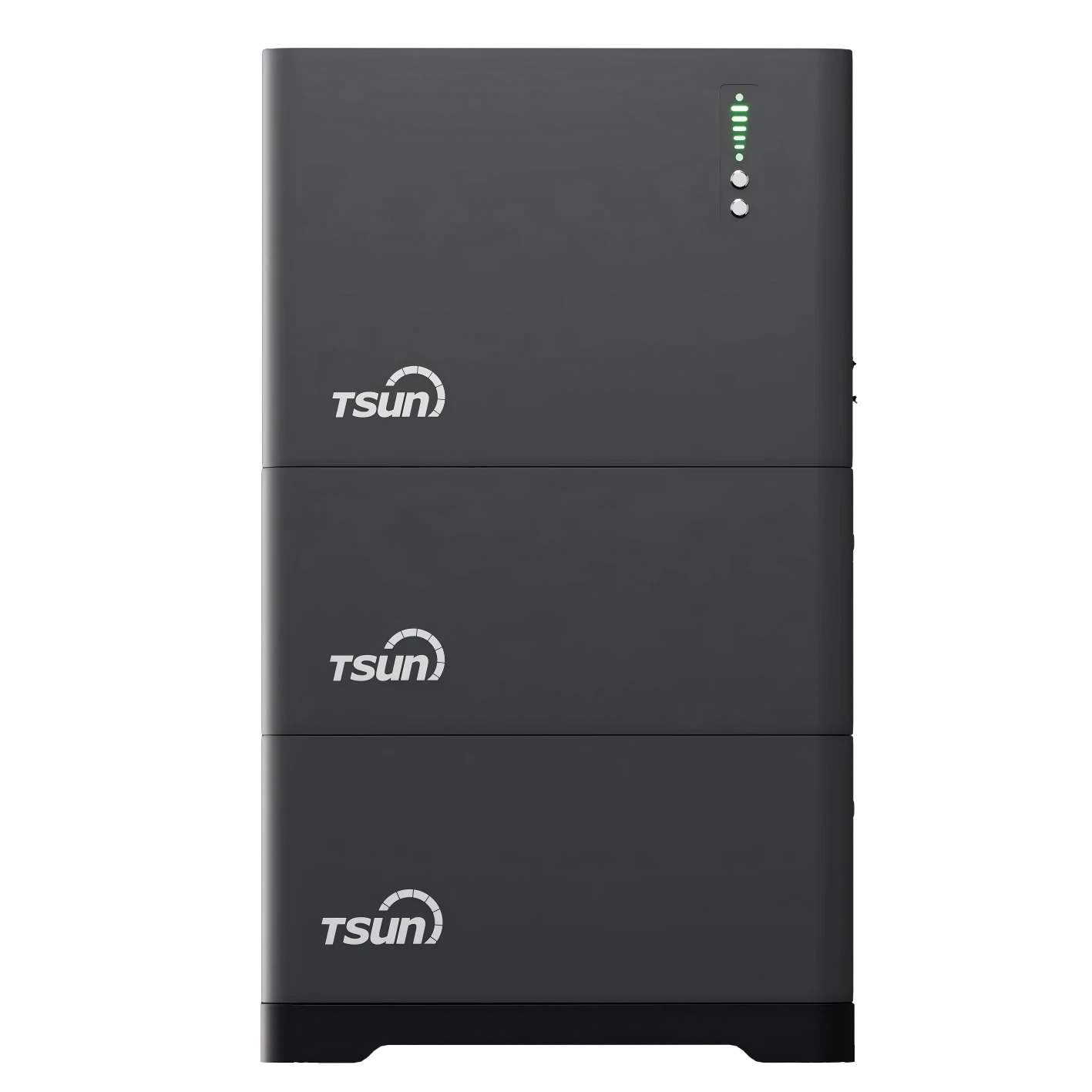
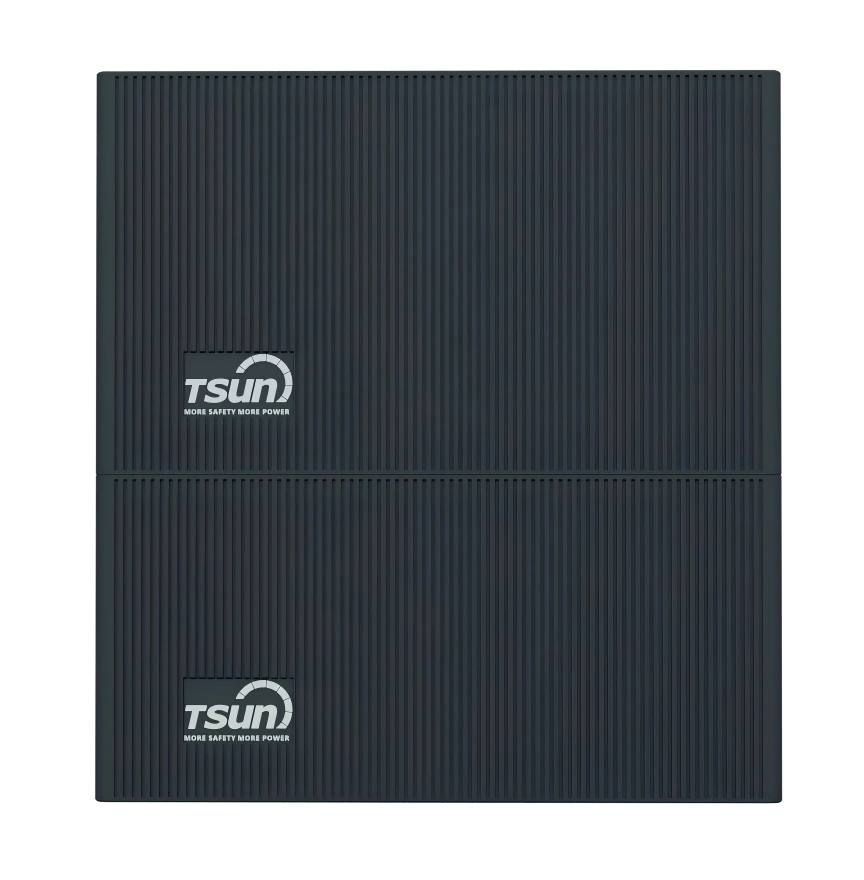
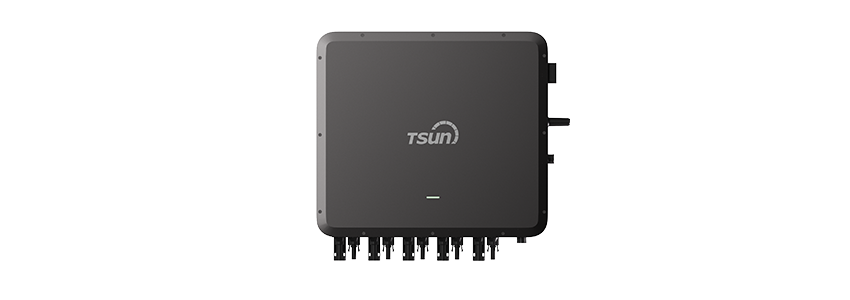


 Downloads
Downloads Video Center
Video Center Report Fault for Repair
Report Fault for Repair FAQS
FAQS Service Network
Service Network Privacy Policy
Privacy Policy Contact us
Contact us Monitoring
Monitoring




 LEARN MORE
LEARN MORE








